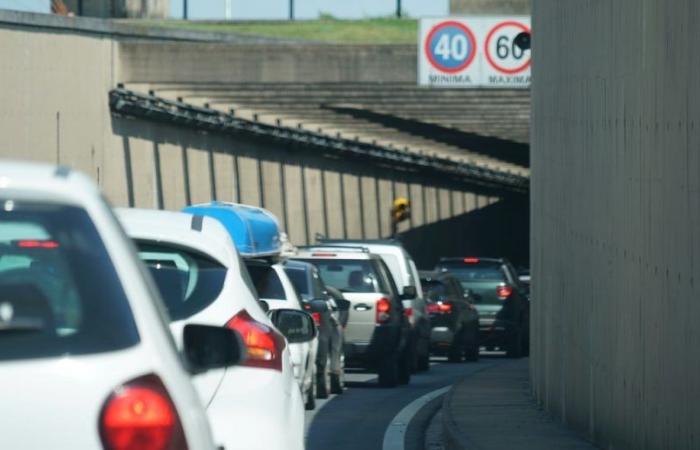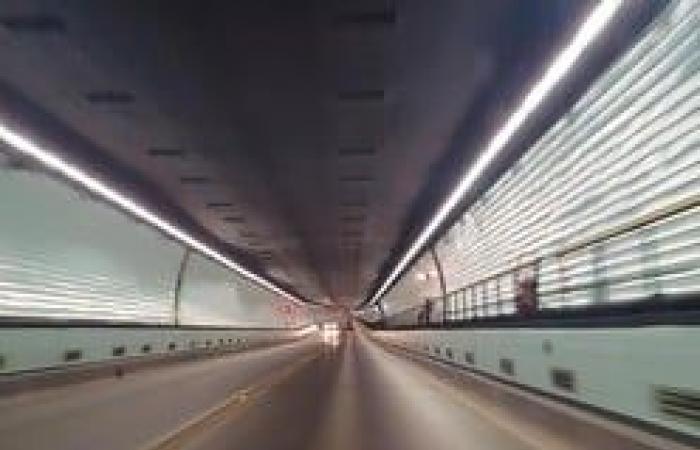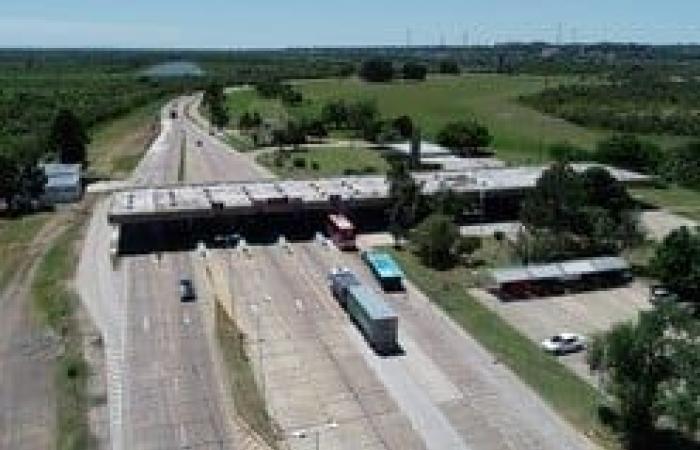The governor of Santa Fe, Maximiliano Pullaro, together with his counterparts from Entre Ríos, Rogelio Frigerio, and Córdoba, Martín Llaryora, witnessed this Thursday the passage of the 145 millionth vehicle since the Raúl Uranga-Carlos Sylvestre Begnis Subfluvial Tunnel was opened in 1969.
Regarding this historical milestone, after 20,000 days of almost uninterrupted operation of the viaduct that connects the cities of Santa Fe and Paraná, Pullaro expressed: “This tunnel reflects a great feat of two great statesmen, who understood that at a certain moment in history had to have the determination to achieve regional integration, where two such important cities could be integrated through a unique infrastructure project in Argentina.”
“This determination allowed our provinces to grow, integrate and work to achieve growth for an entire region. It is the same thing that we are trying to do at this moment together with the provinces of Entre Ríos and Córdoba with the Central Region, which shows the best of the interior of the country. From this historic place we always want to make a demand for more and better federalism,” concluded Pullaro.
Frigerio said that “today marks the commemoration of federal integration and this tunnel is the symbol of the integration between two provinces, which until 55 years ago were not united, until the political decision of two governors.”
“This tunnel integrates towns and different countries, this is the relevance of public works,” highlighted the Entre Ríos governor and stated that “economic and social development comes hand in hand with the integration of Argentina with the world and among Argentines, but This will not be possible without infrastructure. That is why these three governors defend the importance of infrastructure and public works.”
For his part, Llaryora highlighted this “very important engineering work, but apart from that it is a work of federal significance. When many times we are not heard inside, we cannot continue waiting. Here, two governors at the time, privileged to unite two towns, two provinces, on a strategic route for Argentina as well. It is a strategic, historical work, it is an iconic work of Argentina, but I also want it to be iconic of federalism.”
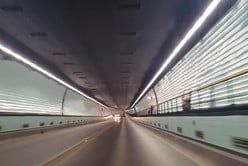 See alsoCuriosities about the repair of the historic green tiles of the Subfluvial Tunnel
See alsoCuriosities about the repair of the historic green tiles of the Subfluvial Tunnel “Today we have another work that we are doing between the people of Santa Fe and the people of Córdoba, which has to do with water,” Llaryora recalled; She stressed that when “the Nation is not there, it is important that the provincial governments unite. A round of applause for those two governors who had the vision, the courage and the strength to do these works, and for these two governors who continue to work together, also in his memory.
Tunnel Month
Within the framework of the 64th anniversary of the signing of the Treaty that ordered the construction of the Subfluvial Tunnel, the historical exhibition “Chronological Walk” is being developed, which brings together objects, film records and period photographs, and a copy of the Interprovincial Treaty signed on June 15, 1960 by governors Uranga and Sylvestre Begnis.
Furthermore, June 28 marks 55 years since the removal of the last tube gate, thus breaking the isolation of Mesopotamia. That day will be declared as Regional Integration Day.
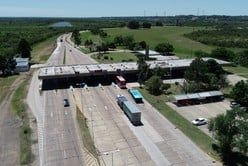 See alsoSubfluvial Tunnel: the new authorities defined the axes of work for the next 4 years
See alsoSubfluvial Tunnel: the new authorities defined the axes of work for the next 4 years The representatives of Santa Fe and Entre Ríos in this bi-provincial entity, Lisandro Nelson Villar and Eduardo López Segura, were present at the event; the person in charge of the Historical Archive of the bi-provincial entity, Norma Benzaquín; legislators and provincial authorities.
Of the total of 145 million vehicles that have circulated on the viaduct so far, 30 million correspond to large vehicles. Current traffic demand is around 12,000 vehicles per day, and peaks at 75,000 during holiday weekends.
Furthermore, the interprovincial link is among the two-way tunnels with the lowest accident rate in the world, according to the admissibility values of the Technical Committee on Tunnel Operations of the World Road Association.

